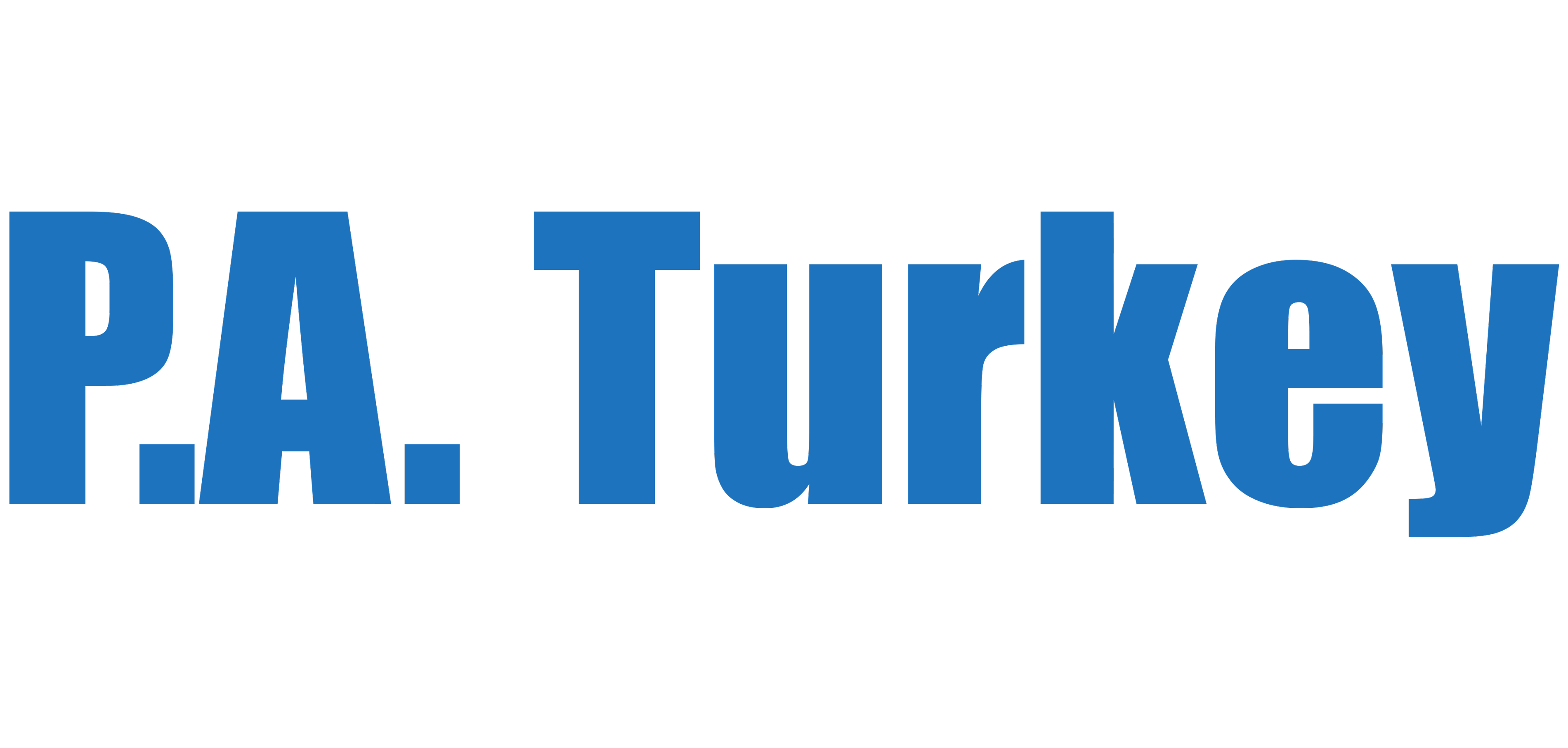U.S. Tariffs Hit Asian Apparel Hubs—Could Türkiye Fill the Gap?
 apparel
apparel
A sweeping wave of new U.S. tariffs on apparel imports has disrupted the global supply chains of major fashion brands, striking at production hubs in China, Vietnam, Bangladesh, Indonesia, and Cambodia. As these countries face duties of up to 104%, industry experts are evaluating whether Türkiye—currently subject to a far lower 10% tariff—can capitalize on the opportunity.
Yet, while Türkiye appears well-positioned at first glance, analysts warn that significant structural reforms will be essential for turning this trade shake-up into long-term competitive advantage.
U.S. Brands Face Tariff Pressures in Asia
According to data from the American Apparel & Footwear Association (AAFA), roughly 97% of clothing and footwear sold in the U.S. is imported from Asia. Brands such as Adidas, H&M, Levi’s, Gap, Zara, Under Armour, Puma, Calvin Klein, Tommy Hilfiger, and Lululemon depend heavily on suppliers in China, Vietnam, Bangladesh, Indonesia, and Cambodia.
The new tariff rates imposed by the Trump administration include:
-
104% on imports from China
-
46% from Vietnam
-
49% from Cambodia
-
37% from Bangladesh
-
32% from Indonesia
While large corporations may manage this disruption via diversified sourcing networks, smaller producers are already under intense pressure. New York-based backpack manufacturer Day Owl reportedly warned it might shut down within 30 days without a resolution.
Türkiye Seen as Alternative, But Risks Remain
With just a 10% tariff bracket, Türkiye has emerged as an alternative sourcing destination. But industry leaders urge caution.
“This may seem like an advantage at first glance, but in the long term, it could backfire,”
said Muzaffer Cevizli, Chairman of Giyimkent, a major apparel business hub in Istanbul.
Cevizli explained that Asian countries shut out of the U.S. market will likely shift their focus to Europe—Türkiye’s largest export market. This redirection could reduce Türkiye’s market share in the EU.
He also pointed to the domestic challenges Türkiye faces: rising energy and labor costs, high freight fees, and structural inefficiencies in the textile sector.
“To turn this into an advantage, we need immediate structural reforms,” he emphasized.
Strategic Agreements and Reforms Are Key
Ahmet Öksüz, Chairman of the Istanbul Textile and Raw Materials Exporters’ Association (İTHİB), believes Türkiye can still gain indirect benefits from the U.S. policy shift—particularly if it pursues preferential trade agreements.
“During Trump’s first term, the trade target between the U.S. and Türkiye was $100 billion. With sector-specific agreements, trade can grow rapidly,” he said.
Still, volatile exchange rates and high domestic costs continue to undermine Türkiye’s competitiveness, Öksüz cautioned.
Potential for $5 Billion in Additional Exports
Toygar Narbay, President of the Turkish Clothing Manufacturers Association (TGSD), is more optimistic—arguing that Türkiye’s geographic location, production infrastructure, and logistics edge offer a unique chance.
“If supported by the government, we can generate an additional $5 billion in apparel exports and create 145,000 new jobs,” Narbay said.
To reach this target, Narbay recommends:
-
Increasing exchange rate support from 2% to 10%
-
Expanding Eximbank credit programs
-
Lowering interest rates
-
Easing guarantee letter requirements for exporters


